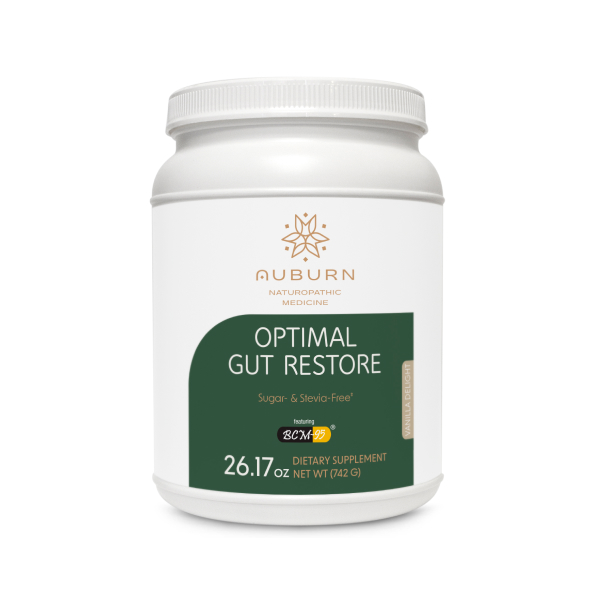“Leaves of three, let them be”:
What to do if you’ve come into contact with Poison Oak

If you live in Northern California and enjoy spending time outside, you’re bound to come into contact with poison oak. Poison oak is often found on the sides of trails, near chaparral, manzanita, and sage – so just about everywhere in our region. Typically, poison oak looks like oak leaves, usually with three leaflets but can have up to seven leaflets per group.
Many people get an itchy, red rash when their skin comes into contact with any part of  the poison oak plant. This rash is caused by an oil found in the plant, called urushiol. The rash usually appears 24-48 hours after contact, but can appear within hours or even a week later.
the poison oak plant. This rash is caused by an oil found in the plant, called urushiol. The rash usually appears 24-48 hours after contact, but can appear within hours or even a week later.
Our best defense against poison oak is being able to recognize the plant, so we know what to avoid. Wearing clothes that cover the skin is the next best defense.
What should you do if you come into contact with poison oak?
- Do not touch or rub your skin, as this can spread the urushiol oil to other parts of the body.
- Immediately wash skin with soap and lukewarm water to rid the oil. You can use dish soap or even better, use Technu if you have any on hand. If you’re out in the woods, hand sanitizer can be used. Just be sure to wipe off area with a tissue.
- Remove and wash clothes in soap and water.
What should you do if a poison oak rash develops?
- If you have many rashes or blisters, have a rash on your face or genitals, have difficulty breathing, or rash that covers most of the body, go to the emergency room right away.
- If the rash is minor, meaning only on one or a few parts of the body, then go to the local drug store and pick up a tube of Zanfel. Follow the instructions on the box and repeat as needed. In my opinion, Zanfel is the best product on the market when it comes to relieving an itchy rash caused by poison oak.
- Try not to the scratch rash, as scratching can lead to an infection.
Be prepared for coming into contact with poison oak, as it’s inevitable in our neck of the woods. Before I became a naturopathic doctor, I spent many shifts knee deep in poison oak country while battling wildfires as a smokejumper. These tips above are what I’ve learned that works best to prevent and treat itchy rashes caused by poison oak. I hope they help.
~ Dr. Barry Burris



